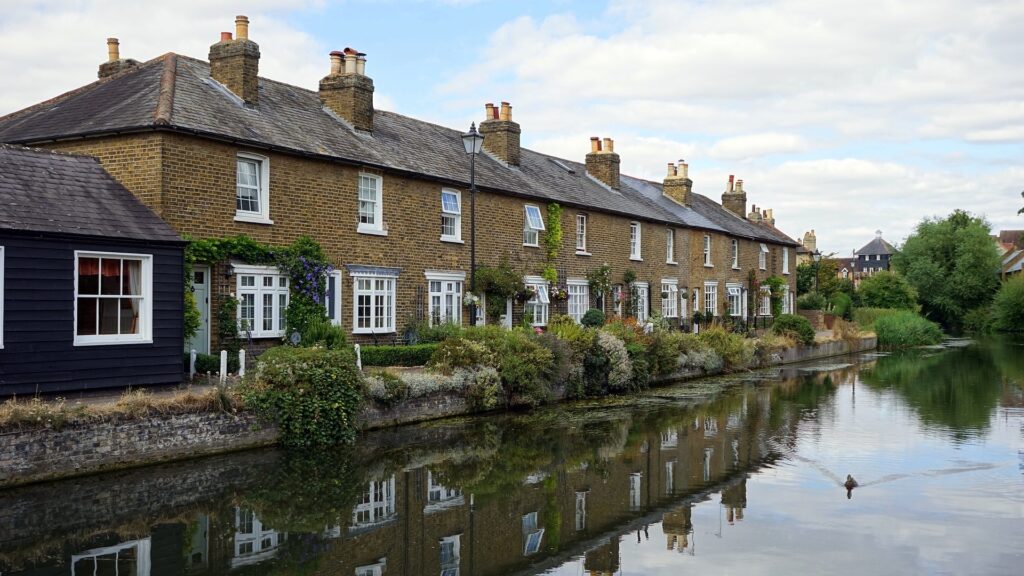As we are all aware there is already significant shortage of housing in the UK and as the percentage of the population in the country over 65 steadily creeps up it has created an opportunity for property developers to look at a relatively untapped class of development; that of retirement accommodation and schemes such as retirement villages. Whilst this is not a new proposition COVID-19 and the care crisis has made many individuals begin to think about their future plans and consider whether care homes are an affordable and desirable option for their families.
The population of those 65+ is estimated to increase by 22% over the next 30 years, which will create a huge demand for senior housing. Many developers are starting to acknowledge this demand now before it becomes too late with development times needing to be factored in to the above statistics. “Smart Aging” concepts such as mixed-age households or apartments tailored towards older adults who may want help managing alone are just one way in which developers and institutional investors are looking to profit from the steadily increasing demand.
A report by Property Week identified some trends for the future that are likely to occur as a result of COVID-19:
- Senior housing provided on larger scales, creating communities for those who want an independent lifestyle with full time medical services included in their package
- Mixed use schemes where residential areas meet commercial space or vice versa (I.e. townhouses to replace old department stores)
- Urban living which is proving to be a popular choice too for developers and seniors
- Development of mixed-use schemes
Specialist housing for older people broadly falls into three categories, from retirement housing which is typically 40 – 60 units of self-contained homes for sale, shared ownership or rent with a part time warden and emergency call systems. There is also retirement communities which are also self-contained homes for sale, shared ownership or rent with 24hr onsite staff with optional care and domestic services available and a range of facilities often including leisure facilities, a restaurant or café which can range up to 250 units. Care homes is the other option for seniors which is communal residential living with a range of facilities and activities and their sizes can vary significantly.
Currently the UK’s senior housing units are fairly spread around the UK, with the below breakdown provided from Knight Frank’s senior housing development update in 2021.
- Scotland – 7%
- Yorkshire & The Humber – 8%
- North East – 12%
- North West – 12%
- East Midlands – 8%
- West Midlands – 10%
- East of England – 10%
- Wales – 4%
- London – 9%
- South East – 16%
- South West – 11%
Senior housing is a growing segment of the UK’s population and over the next 5 years Knight Frank have estimated that there will be an increase in senior housing by 9% totalling the number of units available to 820,000 by 2025.
As with any commercial property asset first party cover through Latent Defects Insurance is seen more and more as an absolute requirement. In the case of retirement living schemes, often chosen by a family rather than solely by an individual, care and protection for loved ones is even more pressing. The security that LDI can offer both funders and investors is mirrored two fold to clients looking for a safe and secure property for their old age or the care of their closest family member. London Belgravia Brokers are recognised as the leading experts in Latent Defects cover in the UK and provide our clients with the most up-to-date market insights needed to secure the broadest coverage and keenest pricing available.
If you have any questions regarding Latent Defects Insurance please get in touch.

